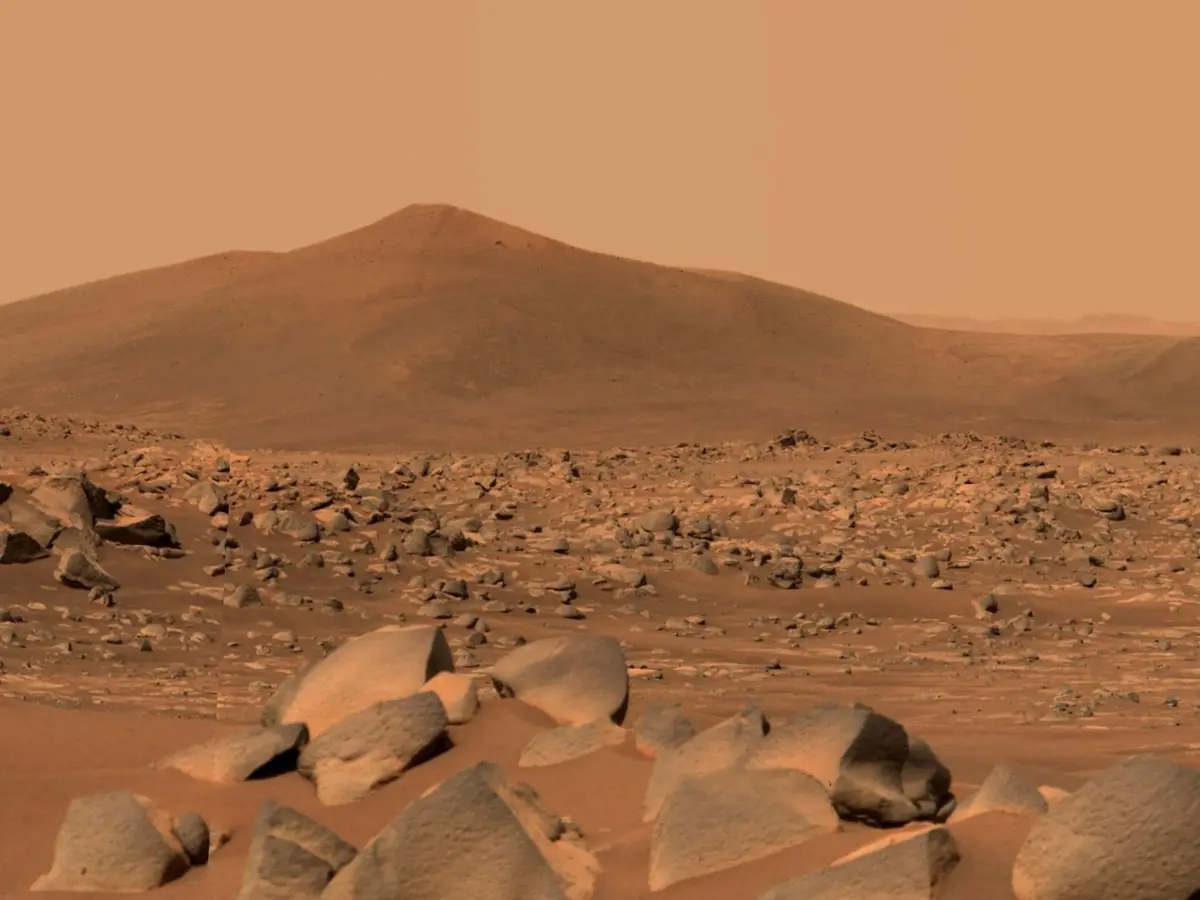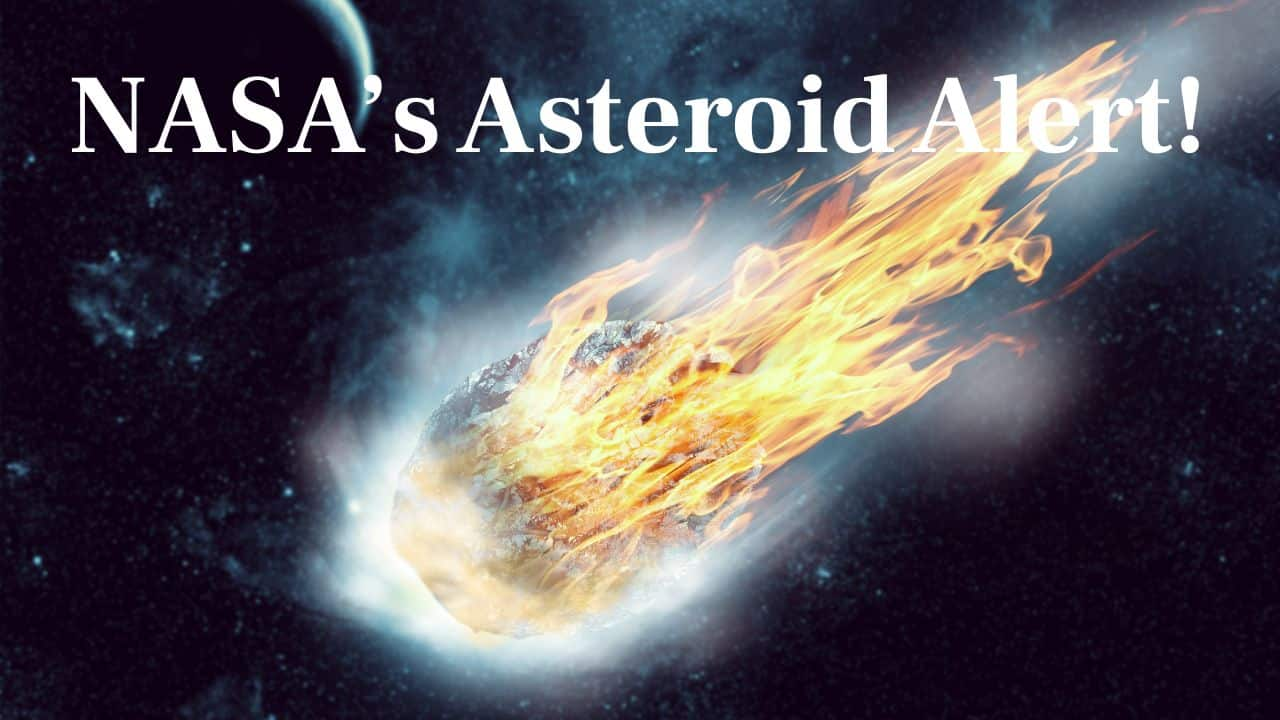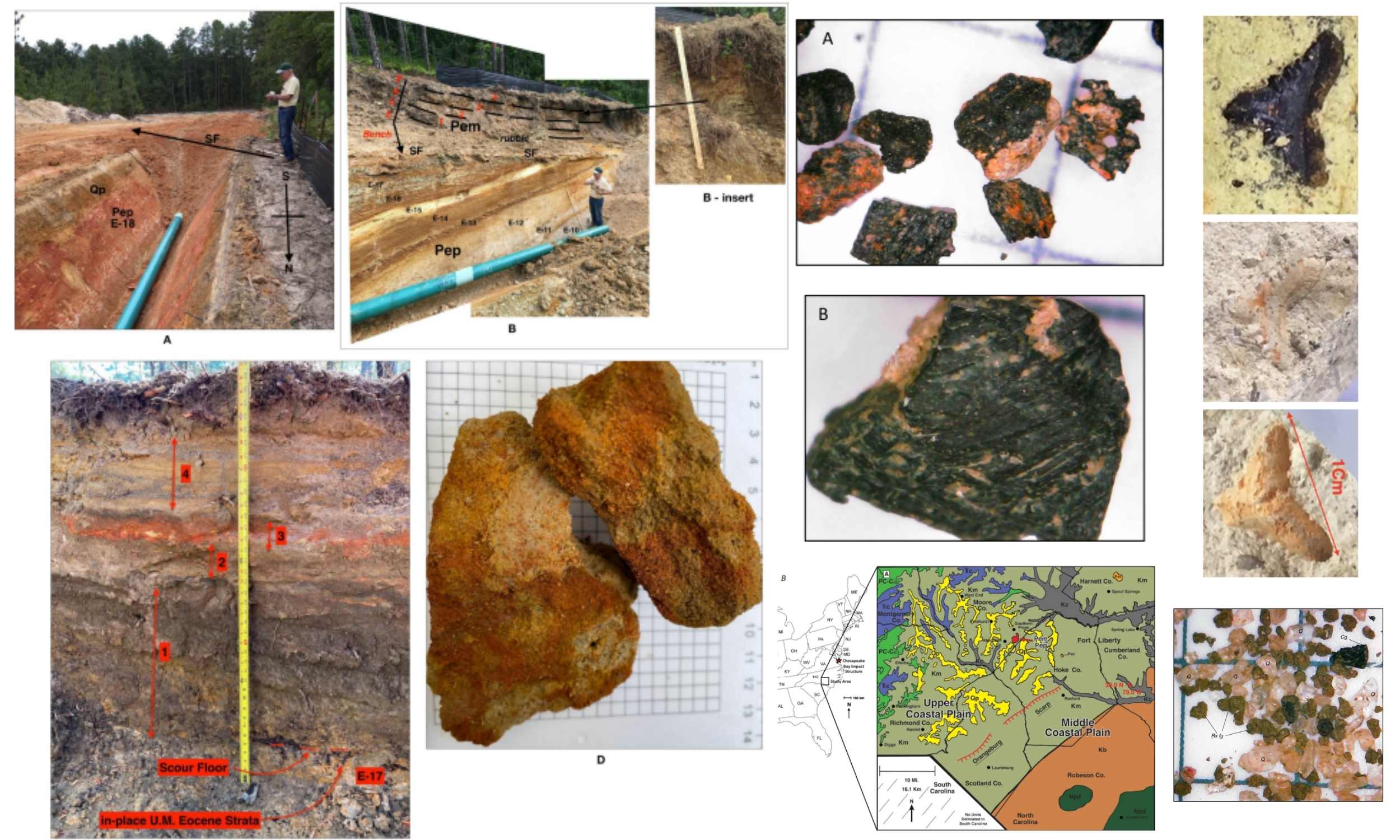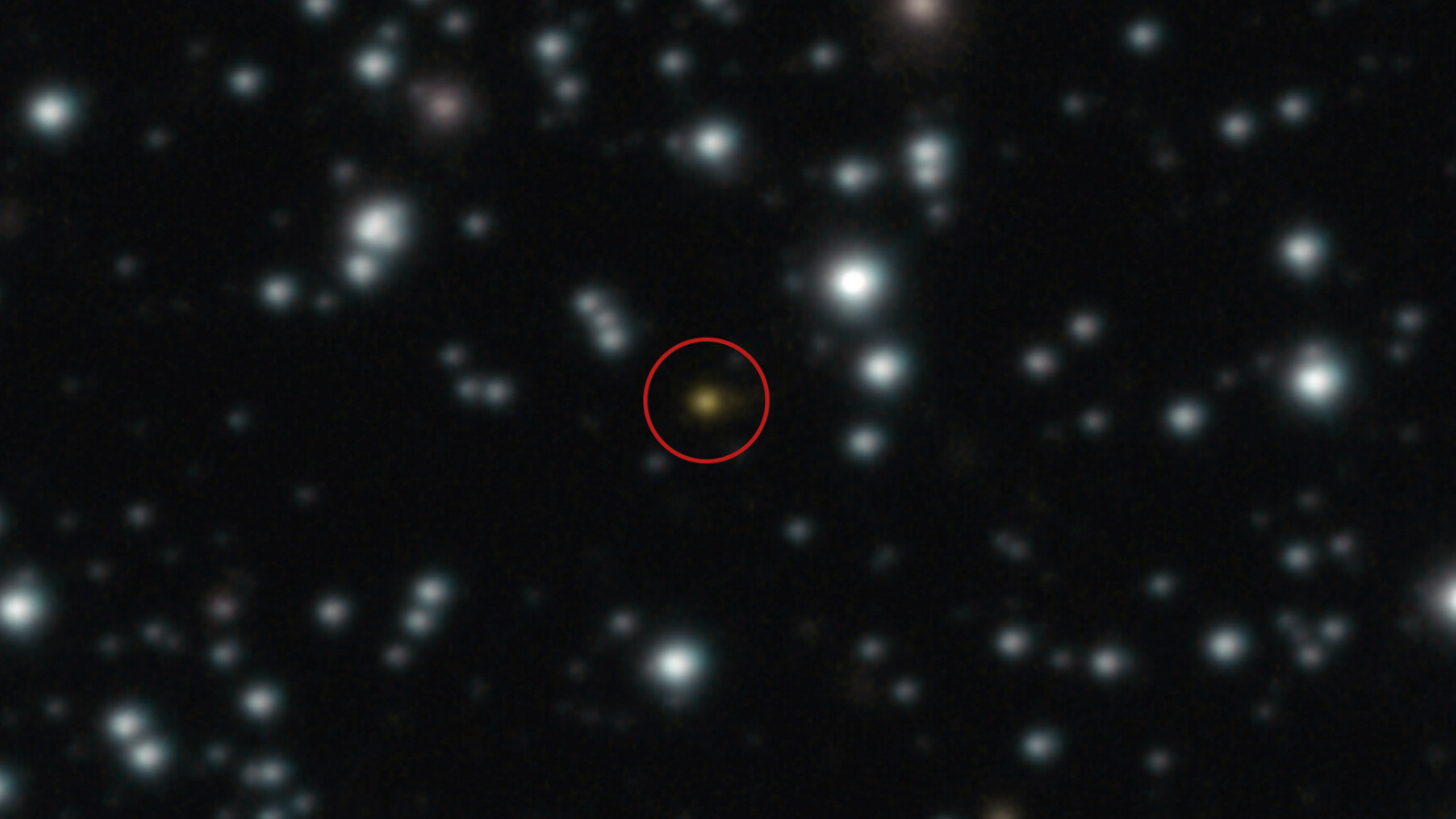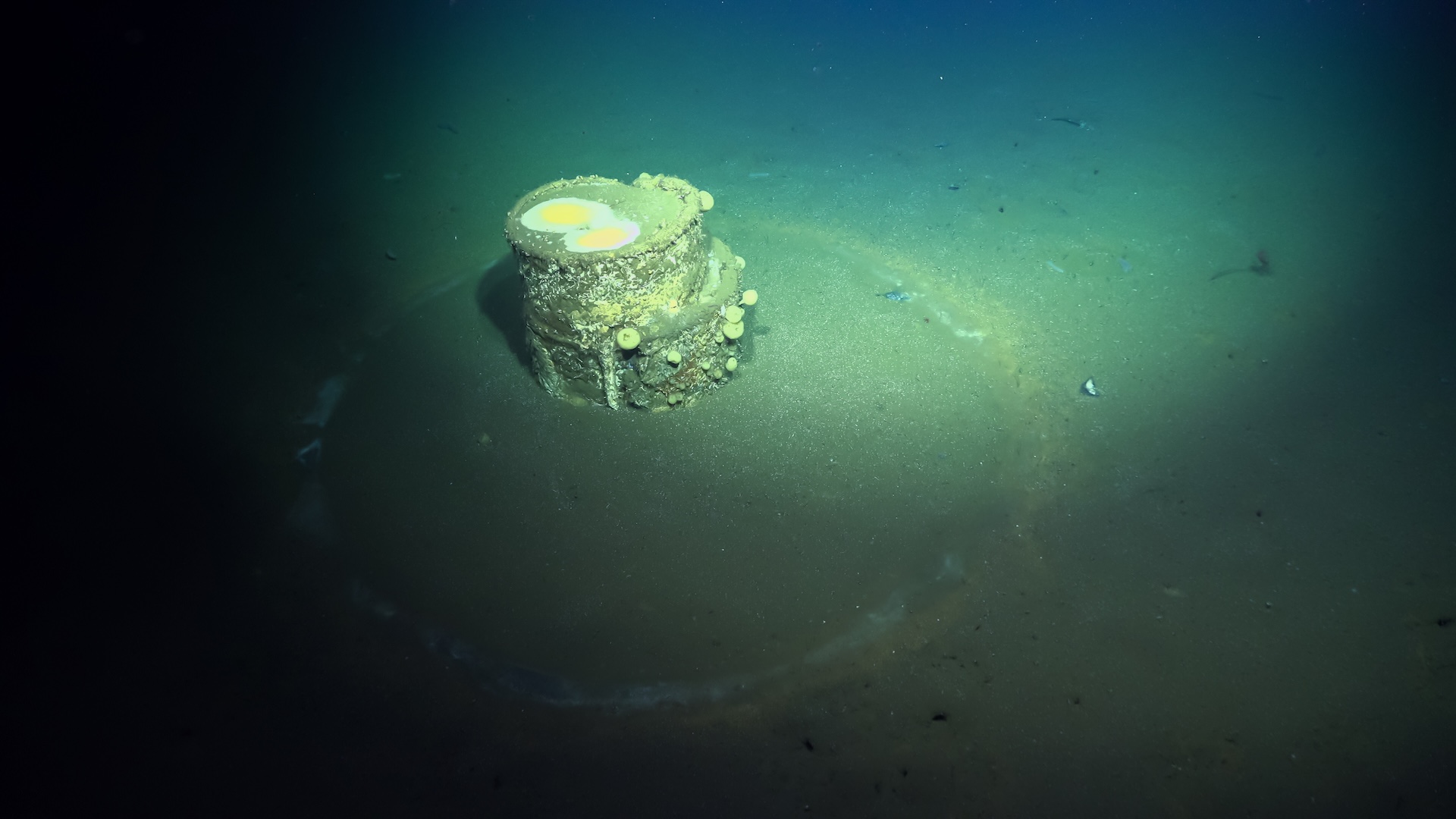Massive Asteroid Set to Pass Closely by Earth This Weekend
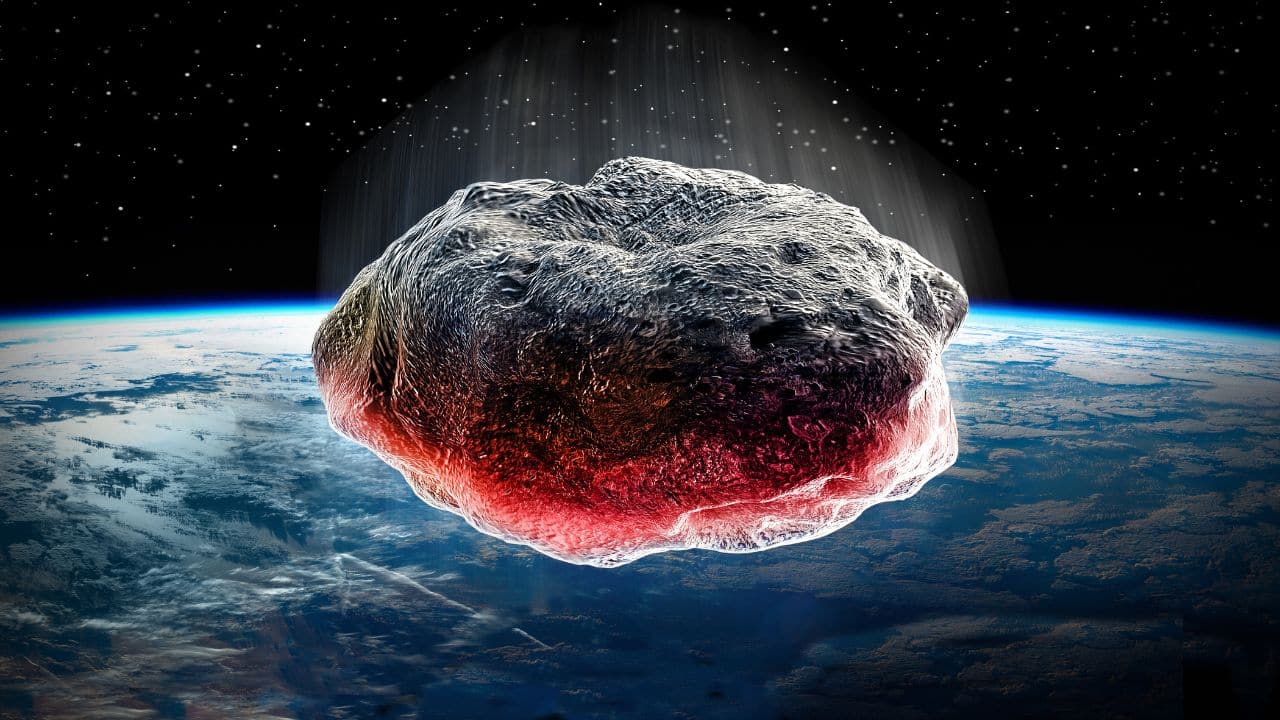
The evening sky can often exude a sense of tranquility, but the vastness of space holds its own surprises. One of these cosmic wonders is heading our way — not with intentions of collision, but rather for a close encounter. As the Earth rotates beneath its seemingly peaceful sky, a colossal asteroid, towering to the height of the Eiffel Tower, is gearing up for a flyby this weekend.
The asteroid, designated as 387746 (2003 MH4), is indeed a giant celestial body. With a width of approximately 335 metres, or about 1,100 feet, it rivals the height of a 100-storey skyscraper. This impressive asteroid is expected to speed past Earth on May 24 at precisely 4:07 PM IST (10:37 UTC). Although there is no risk of a direct hit, the astronomical community is paying close attention to this event.
Asteroid 2003 MH4 belongs to the Apollo group of asteroids, which are known for their orbits that intersect with that of Earth. This particular asteroid is traveling at an impressive speed of 30,060 kilometres per hour, allowing it to complete nearly a full orbit around the Earth in just one hour.
Its size and proximity classify it as a Potentially Hazardous Asteroid (PHA). This designation applies to any object larger than 140 metres that approaches within 7.5 million kilometres of Earth. Fortunately, 2003 MH4 will pass at a distance of about 6.67 million kilometres, which is roughly 17 times the distance between the Earth and the Moon. While this distance may seem significant, in the vast expanse of space, it is relatively close enough to prompt a degree of concern among scientists.
However, the real apprehension lies in the asteroid’s future trajectory. Although 2003 MH4 will safely pass us this time, the dynamics of its orbit present potential risks. Apollo asteroids are known to have orbits that can change over time. Even a minor gravitational nudge from nearby celestial bodies or the effect of sunlight, known as the Yarkovsky effect, could alter their paths significantly.
Should one of these formidable rocks ever collide with Earth, the consequences would be catastrophic. The energy released upon impact could be equivalent to thousands of nuclear explosions, leading to widespread destruction. Cities could be obliterated, while secondary disasters such as fires, earthquakes, and tsunamis would follow in the aftermath. Additionally, the dust thrown into the atmosphere could block sunlight, giving rise to what scientists term an “impact winter,” which could severely disrupt global ecosystems and food webs.
Thankfully, NASA is taking proactive measures to monitor the situation closely. The agency's Center for Near-Earth Object Studies (CNEOS) is keeping an eye on 2003 MH4 among thousands of other near-Earth objects to identify any potential threats before they become critical.
This weekend's flyby serves as a reminder of the dynamics of our universe — a warning, not an immediate threat. While we can rest easy for now, it underscores the fact that the skies above us are not as clear as they may appear.














